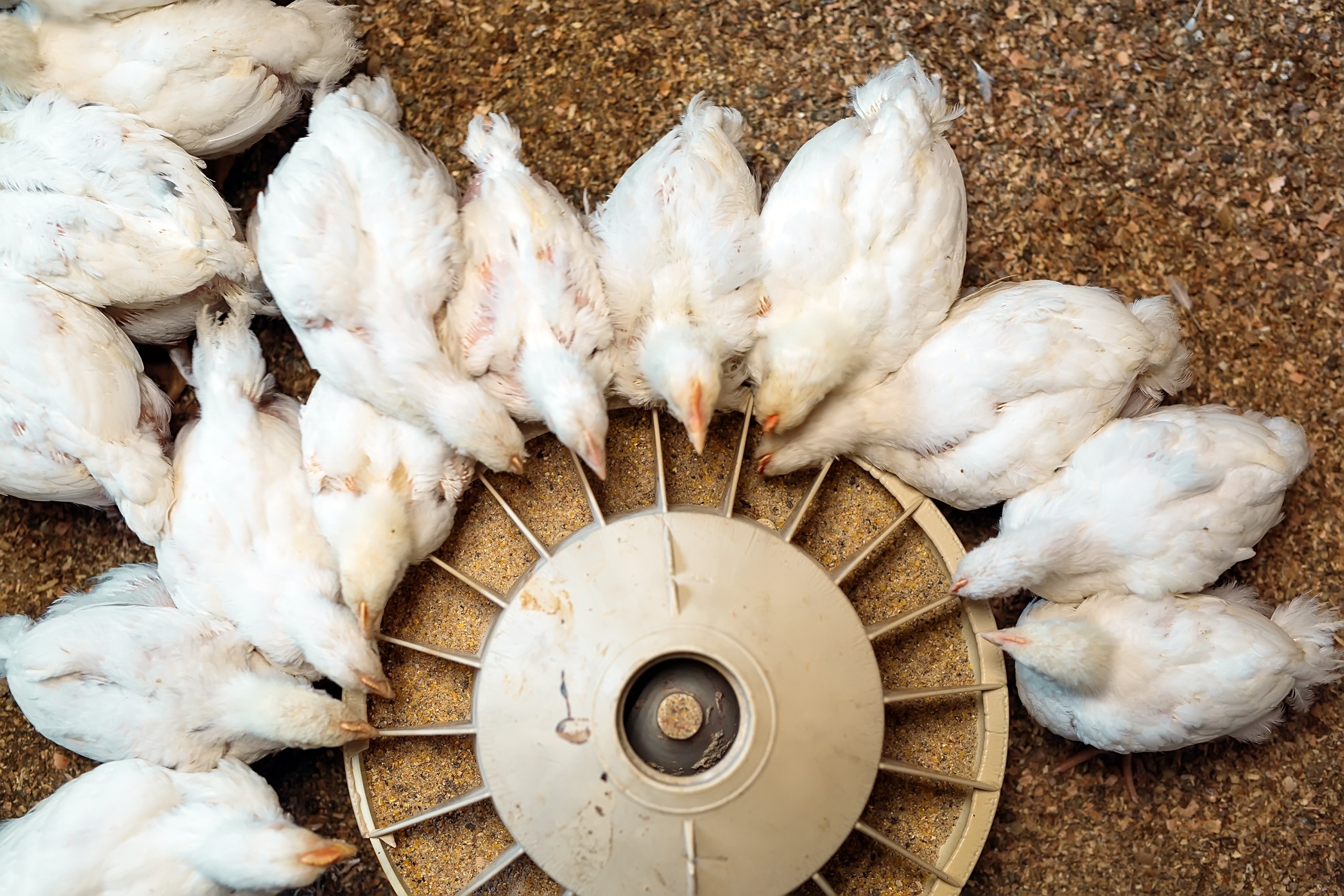
Importance of feed intake and factors that can affect feed intake in poultry
Importance of feed intake and factors that can affect feed intake in poultry Fifi Zaefarian
School of Agriculture and Environment, Massey University, New Zealand
Summary:
Besides ensuring an adequate and balanced nutrient intake, feed intake (FI) has been suggested as the single-most important factor influencing the growth rate of broilers. Higher FI enhances weight gain and consequently decreases the proportion of energy used for bird's maintenance in relation to gain. There are several factors affecting FI and therefore determine nutrient intake level. Genotype, age, sex, and health status of the birds (bird-related factors), temperature, humidity, stocking density, water availability and vaccination (environmental-related factors), presence of anti-nutritional factors, nutrient density of the diet, ingredient inclusion level and feed processing variables, such as particle size and feed form (diet-related factors) are amongst a broad spectrum of the factors affecting the FI in broilers. To achieve the genetic potential of modern broilers that are more than ever susceptible to FI stressors, it is important to recognize, minimise or even eliminate factors inducing FI suppression. It is well known that birds with different genotype, sex and age have different average bodysizes, growth rates, production levels and subsequently, they have different efficiency to absorb and utilize nutrients from feed, therefore they show different FI requirement. In chicken farm, the most important and common environmental stressor is heat stress. High temperatures have the most striking effects on FI. Heat stress does not only affect FI and utilization, but also has negative impacts on the carcass quality. Anti-nutritional factors (ANFs) are compounds that interfere with the intake, availability, or metabolism of nutrients in the birds. Their biological effects can range from a mild reduction in FI and bird's performance to death. Applying heat treatments (thermolabiles ANFs) and using commercially available NSP enzyme cocktails (thermoestables ANFs) has been reported to be effective ways to overcome the negative effects of ANFs on FI and performance of the birds. Effect of feed particle size on FI, can be varied with age of birds and the grain type that are used. Fine grinding of wheat should be avoided in broiler mash diets because of increase in digesta viscosity. The FI response of broilers fed mash diets varying in particle size cannot be extrapolated to pelleted or crumbled diets, because the differences in particle size are evened out during the pelleting process, mostly due to the narrow gap between the rollers and the die and frictional force inside the die hole.
Instructor Bio
Dr. Fifi Zaefarian
Massey University, Palmerston North, New Zealand
Fifi Zaefarian works as a Senior Lecturer in Poultry Nutrition for Monogastric Research Centre, Massey University, New Zealand. Fifi graduated with PhD degree in Poultry Nutrition from University of Tehran, Iran. She has published in top ranking Animal Science Journals and already has over 100 scientific communications, including 45 peer-reviewed articles and one book chapter.

As an invited speaker, Fifi has presented her work in a number of international conferences and industry seminars. Fifi’s current interest is poultry nutrition focusing on nutrient digestion, feed additives and feed evaluation.

